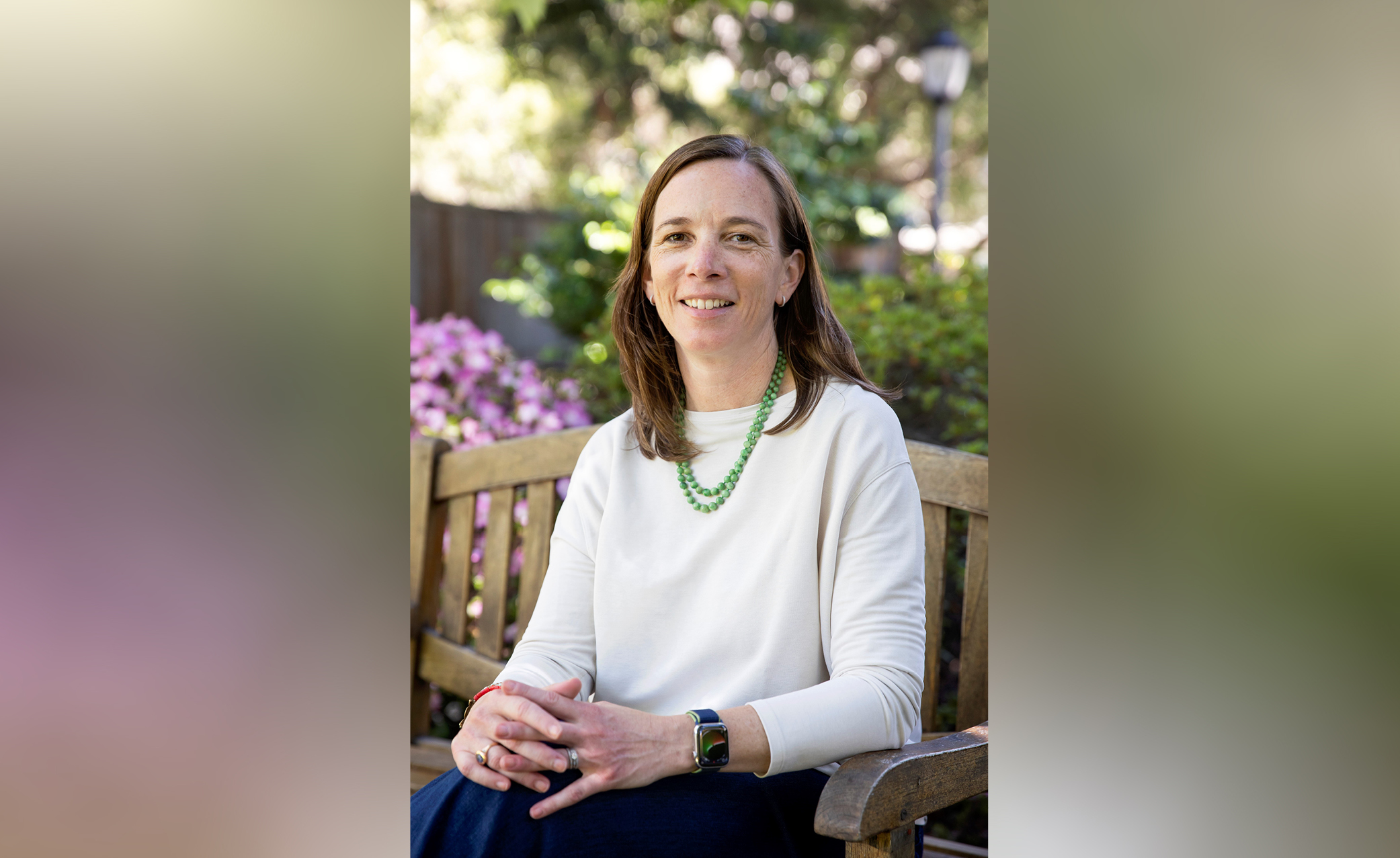Enabling Environmental Laws to Work, and Work Equitably
-
-
Slice of MIT
Filed Under
Recommended

“Look around at any city and you’ll see it,” says Louise Bedsworth ’96: the neighborhoods sliced by freeways, flush with factories, buzzing with trucks and haulers, or marked by just plain neglect. In California, where Bedsworth lives and works, it’s places like Watts, parts of Oakland, Fresno, and Ontario—areas that, for generations, have held the least wealth and power and the most exposure to concentrated industry and a legacy of redlining (now-illegal racially discriminatory practices among mortgage lenders and insurers).
It’s not enough to say, ‘Let’s clean this up.’
Regulating industrial emissions and equipment—as California has been working to do for decades—certainly provides important benefits to surrounding communities, but “it’s not enough to say, ‘Let’s clean this up,’” says Bedsworth, the executive director at the Center for Law, Energy, and the Environment (CLEE) at UC Berkeley School of Law. There are decades of disadvantages, health issues, and disempowerment already in place. “We have to think about building wealth and investment in communities—it’s all part of implementing environmental law and policy.”
For the past two decades, implementation is precisely what Bedsworth has been working to help California do. She and 30-plus colleagues at CLEE collaborate to figure out not just how to design and pass new environmental laws, but how to make the ones already in place work—and work equitably—for the people and institutions they are designed to help.
And California has a lot of progressive environmental laws on the books. Take the adoption of electric vehicles, Louise explains. Last year, the state passed a groundbreaking law banning all new gasoline-powered cars by 2035 (a ban since adopted by at least 17 additional states and challenged at the national level by the Republican-led House of Representatives). Once environmental regulations are adopted, Bedsworth’s team studies how to get institutions and individuals to adopt them―and when they do, what that might mean for their immediate communities.
CLEE’s recommendations, born from a collaboration of lawyers, policymakers, academics, environmental scientists, and a broad array of stakeholders, have led to some of the most innovative thinking—and equitable implementation—of the world’s most progressive climate legislation. And those laws run the gamut, from transportation and land use, to energy and methane emissions, to water use and regulation. Coordinating work with interdisciplinary scholars and community leaders, Bedsworth’s team conducts 100 percent–grants-funded work: interviewing stakeholders, collecting and analyzing data, raising money for and designing “place-based” programs to help individual communities train their own leaders to claim and make use of regulations, opportunities, and funds available to them under new laws.
The Path to Environmental Policy
Although CLEE’s home is at Berkeley Law School, Bedsworth, herself, isn’t a lawyer. Before joining CLEE in 2021, she worked as a researcher, an advocate, and, from 2011 to 2021, as an appointed policymaker in the offices of California governors Edmund G. Brown and Gavin Newsom. Her training is in environmental engineering, having earned an MS in the subject from the University of California, Berkeley, and later a PhD in energy and resources.
But the seeds of her collaborative work started at MIT, when, as a first-year student in 1992, she entered the Earth, Atmospheric, and Planetary Sciences (EAPS) department, one of MIT’s broadest areas of study, spanning disciplines as diverse as geology, planetary astronomy, spectroscopy, meteorology, and environmental policy. Bedsworth recalls an urban planning class called Scientists, Engineers, and Public Controversy that captured her attention. “This was the first time I saw how science played into a lot of these really challenging societal issues,” she explains, and from there she determined that she “wanted to study science’s role in solving these big problems.”
Climate Plans Taking Action
At CLEE, Bedsworth helms a multitude of interdisciplinary collaborations with reaches into every aspect of environmental regulation. Some recent projects include: a partnership with the city of Oakland to help it implement its electric vehicle plan; a report on San Francisco’s climate action plan, one of the most robust in the nation; a formal collaboration enabling open dialogue about climate change with China through the California China Climate Institute. CLEE even piloted a program, which later found its way into the state budget, to digitize an antiquated database of water rights (“I’m not kidding,” says Bedsworth, “Some of it was written down on little pieces of paper!”)
Some of Bedsworth’s most visible work has been the projects she helped fund while working for the state: the design, creation, and evaluation of community-scale climate action—programs that have served as models for other cities, states, and nations looking at California’s results. These place-based programs include finding and helping residents access funding for food waste prevention, a fleet of electrified buses and car sharing programs, free solar panel installation, urban gardening and forestry projects in well-known “food deserts,” and plans to encourage community engagement, workforce development, and affordable housing.
These are the opportunities we now have ahead…and we want to do them differently, to do them equitably, and to do them sustainably without displacing or dividing the people they affect.
“We’ve known about these needs for 20-plus years—that massive electrification and major decarbonization of every sector [was vital],” says Bedsworth. But how policies are introduced, how conversations are held, and whether they include voices and leaders from the communities themselves, “these are the opportunities we now have ahead…and we want to do them differently, to do them equitably, and to do them sustainably without displacing or dividing the people they affect.”
With such a long tradition of leadership in passing legislation, California is a natural testbed for these efforts. All eyes are on whether, and how, the state succeeds, and for Bedsworth, that’s what makes this work exciting. It’s not just about what is done, she explains, it’s about “how to do this in ways we can replicate and scale in other places.”







